
What happens when a story told in one medium echoes the storytelling conventions of a different one? Comics are particularly well-suited for this: they incorporate elements of other storytelling mediums, while retaining their own narrative devices and techniques. What follows is a look at eight distinct works that evoke other methods of telling stories–literature, radio, art, television–while remaining distinctly (and proudly) comics. Expanding the boundaries of one medium while referencing another is no easy task; these eight books carry it off with aplomb.

Tom Gauld, Baking With Kafka
(Drawn & Quarterly)
The deadpan comics of Tom Gauld encompass a variety of narrative styles, from extended stories to single-panel gags. Baking With Kafka collects his literary-themed work in one places, with strips covering everything from plot diagrams to e-reader satires to the time Odin was asked to plan Neil Gaiman’s book tour.

Dominique Goblet, Pretending is Lying
(New York Review Comics)
Throughout Dominique Goblet’s Pretending is Lying, the author explores questions of intimate connections, frayed familial ties, and unexpected bonds between people. The way that her artwork evolves–sometimes sleek and refined, at others times using the crude lines of a child’s drawing to evoke youth, makes the experience of reading this unpredictable and revelatory. It’s a style that does for comics what A Portrait of the Artist as a Young Man does for language.
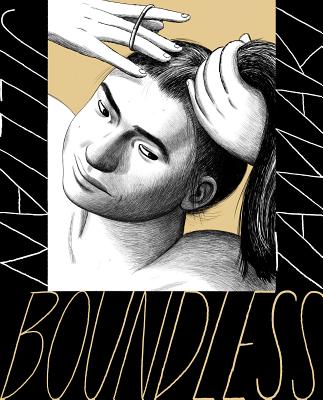
Jillian Tamaki, Boundless
(Drawn & Quarterly)
As the book’s title suggests, the stories collected in Jillian Tamaki’s Boundless experiment with the boundaries of the form–the collection is bookended by works that prompt the reader to angle the book in order to read it correctly. Also in there are a host of tales of storytelling in other forms, from a look back at a fictional television show to a window into social media feeds from a parallel world.
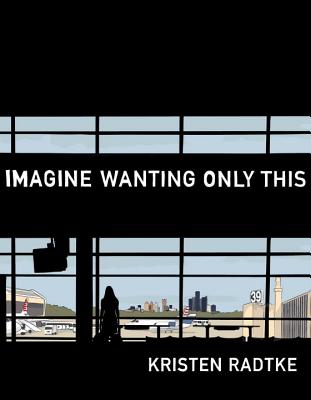
Kristen Radtke, Imagine Wanting Only This
(Pantheon)
In her memoir Imagine Wanting Only This, Kristen Radtke confronts questions of mortality, memory, and the nature of art–all the while tracing the complex path of several years of her life. Throughout the book, there are allusions to other works of art, from a series of photographs that take on an increased importance over the course of the narrative to Chris Marker’s experimental documentary Sans Soleil.
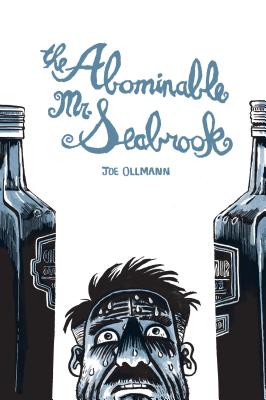
Joe Ollmann, The Abominable Mr. Seabrook
(Drawn & Quarterly)
Joe Ollmann’s enthusiasm for the life of 20th century nonfiction writer William Seabrook is seemingly boundless–he’s also contributed to new editions of two of Seabrook’s most notable books. In this biography, he deftly uses one medium to tell the story of someone who excelled in a different one–and whose own addictions led him on a harrowing path of self-destruction.
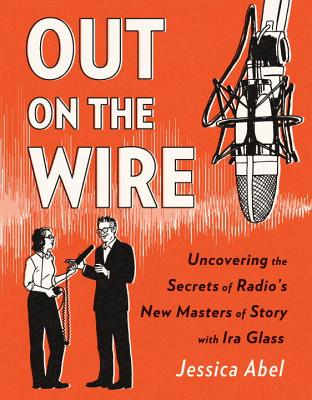
Jessica Abel, Out on the Wire
(Broadway Books)
As radio programs and podcasts become an increasingly vital storytelling medium, some may wonder exactly how the aesthetics and techniques of this medium are shaped. Jessica Abel’s Out on the Wire finds the author in conversation with the personalities behind a host of programs, looking into how they shape episodes and narratives, and deftly translating the way one medium tells stories into a different one.

Kate Beaton, Hark! A Vagrant
(Drawn & Quarterly)
No list of comics that deal with storytelling would be complete without Kate Beaton’s Hark! A Vagrant (as well as its followup, Step Aside, Pops). Beaton’s book-inspired comics cover just about everything, from smart retellings of certain works to incisive critiques of others. And her running series of comic strips inspired by vintage Edward Gorey covers are often sublime.
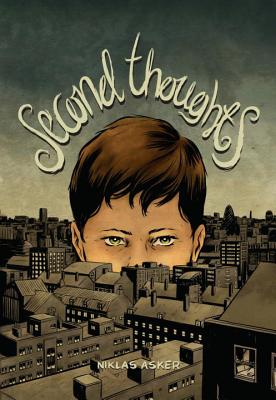
Niklas Asker, Second Thoughts
(Top Shelf)
In Niklas Asker’s atmospheric graphic novel Second Thoughts, a brief encounter between two people serves as the spark of inspiration for a frustrated novelist. The ensuing result is a smart, metafictional take on both relationship dynamics and the creative process–with a heady dose of discussion of art along the way.
Follow Vol. 1 Brooklyn on Twitter, Facebook, and sign up for our mailing list.
